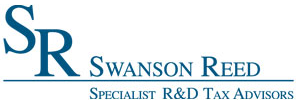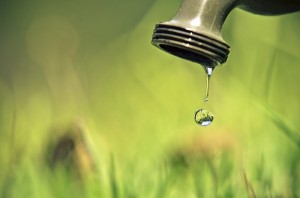NEW YORK INVENTIONINDEX | JULY 2025
July 2025: 1.05% (C grade)

New York inventionINDEX July 2025: 1.05% (C grade)
The inventionINDEX measures innovation output by comparing GDP growth with patent production growth.
Anything over C grade is positive sentiment; anything under C is negative outlook/sentiment. Using that sentiment, it is possible to observe trends over time, and also compare states/countries. In doing so, we can predict which states have the best chance to recover economically from the pandemic (or any other economic incident that may occur).
New York inventionINDEX Scores – Last 12 months
| Month | inventionINDEX Score |
| July 2025 | 1.05% |
| Jun 25 | 0.88% |
| May 25 | 0.90% |
| Apr 25 | 1.09% |
| Mar 25 | 0.87% |
| Feb 25 | 0.89% |
| Jan 25 | 1.09% |
| Dec 24 | 0.91% |
| Nov 24 | 0.85% |
| Oct 24 | 1.24% |
| Sep 24 | 0.95% |
| Aug 24 | 0.96% |
| Jul 24 | 1.16% |
Based on the provided historical data for the last 60 months, an analysis of the New York inventionINDEX reveals a fluctuating yet informative trend. The most recent score in July 2025 of 1.05%, with a C rating, sits in the middle of the historical range, but is notably lower than the periods of peak performance seen throughout the five-year span. This score represents a modest improvement from the previous month’s D+ rating, yet it does not reach the highs of scores above 1.50% seen in multiple periods, such as the 1.70% A+ rating in March 2021 or the 1.68% A+ ratings in November 2021 and November 2020. The current score and rating suggest a stable but not exceptional environment for invention, contrasting with the bursts of innovative activity observed in prior years.
A consistently high inventionINDEX score and corresponding grade, such as an A or A+, often serve as a strong indicator of a healthy and vibrant ecosystem for innovation. Such high marks are typically associated with an influx of venture capital, increased patent filings, and the successful commercialization of new technologies. A high score can also signal to investors and entrepreneurs that the region is a prime location for launching new ventures and attracting top-tier talent. The periods of elevated scores in 2020 and 2021, for example, may have coincided with significant growth and positive outcomes for the city’s technological and creative sectors, reinforcing its reputation as a global hub for new ideas.
Conversely, a lower inventionINDEX score and grade, like a D+, can point to underlying challenges or a cooling of the innovative environment. These scores may reflect a decline in new business formation, a slowdown in research and development funding, or a more cautious economic climate. The D+ ratings observed in June and May 2025, for instance, could be an indication that the market is experiencing a period of contraction or that external factors are impacting the pace of invention. While a single low score may not be cause for alarm, a persistent trend of lower grades can signal to stakeholders a need for renewed focus and investment to maintain a competitive edge.
In conclusion, the New York inventionINDEX demonstrates a pattern of volatility over the last five years, with significant swings between periods of high-level performance and more moderate output. While the recent score shows a slight recovery, it remains a distance from the historical peaks that signify a flourishing innovation landscape. The data underscores the importance of monitoring this metric, as it provides valuable insight into the health of the city’s creative and technological sectors. Maintaining a focus on the factors that drive innovation will be key to encouraging a return to the higher scores and grades that have marked the city’s most inventive periods.
Discussion:
In July, the New York inventionINDEX scored a positive sentiment which was higher than the previous year’s average and outperformed the downward trend for the year. This is similar to the prior 12 months, which experienced a slight downward trend.
As the economy continues to stabilize in the post-pandemic era, it remains uncertain whether any backlog of applications still exists or if the department has returned to normal processing timelines. The inventionINDEX could also be affected by lingering consequences from the pandemic, such as company closures, reduced workforces, and limited R&D capabilities, which may still be impacting current operations.
Learn More:
Are you thinking of patenting any of your bright ideas? Did you know your research work could be eligible for the R&D Tax Credit and you can receive up to 14% back on your expenses? To find out more, please check out our free online eligibility test.
Swanson Reed’s New York office provides R&D tax credit consulting and advisory services to New York City, Buffalo, Rochester, Yonkers, Syracuse, Albany, New Rochelle, Mount Vernon, Schenectady, Utica, White Plains, Troy, Niagara Falls, Binghamton, Rome, Long Beach, Poughkeepsie, North Tonawanda, Jamestown and Ithaca.
Feel free to book a quick teleconference with one of R&D tax specialists if you would like to learn more about R&D tax credit opportunities.
Who We Are:
Swanson Reed is the largest Specialist R&D tax credit advisory firm in the United States. With offices nationwide, we are one of the only firms globally to exclusively provide R&D tax credit consulting services to our clients. We have been exclusively providing R&D tax credit claim preparation and audit compliance solutions for over 30 years.
Swanson Reed hosts daily free webinars and provides free IRS CE and CPE credits for CPAs. For more information please visit us at www.swansonreed.com/free-webinars or contact your usual Swanson Reed representative.
What is the R&D Tax Credit?
The Research & Experimentation Tax Credit (or R&D Tax Credit), is a general business tax credit under Internal Revenue Code section 41 for companies that incur research and development (R&D) costs in the United States. The credits are a tax incentive for performing qualified research in the United States, resulting in a credit to a tax return. For the first three years of R&D claims, 6% of the total qualified research expenses (QRE) form the gross credit. In the 4th year of claims and beyond, a base amount is calculated, and an adjusted expense line is multiplied times 14%. Click here to learn more.
R&D Tax Credit Preparation Services
Swanson Reed is one of the only companies in the United States to exclusively focus on R&D tax credit preparation. Swanson Reed provides state and federal R&D tax credit preparation and audit services to all 50 states.
If you have any questions or need further assistance, please call or email our CEO, Damian Smyth on (800) 986-4725.
Feel free to book a quick teleconference with one of our national R&D tax credit specialists at a time that is convenient for you.
R&D Tax Credit Audit Advisory Services
creditARMOR is a sophisticated R&D tax credit insurance and AI-driven risk management platform. It mitigates audit exposure by covering defense expenses, including CPA, tax attorney, and specialist consultant fees—delivering robust, compliant support for R&D credit claims. Click here for more information about R&D tax credit management and implementation.
Our Fees
Swanson Reed offers R&D tax credit preparation and audit services at our hourly rates of between $195 – $395 per hour. We are also able offer fixed fees and success fees in special circumstances. Learn more at https://www.swansonreed.com/about-us/research-tax-credit-consulting/our-fees/
Choose your state


















